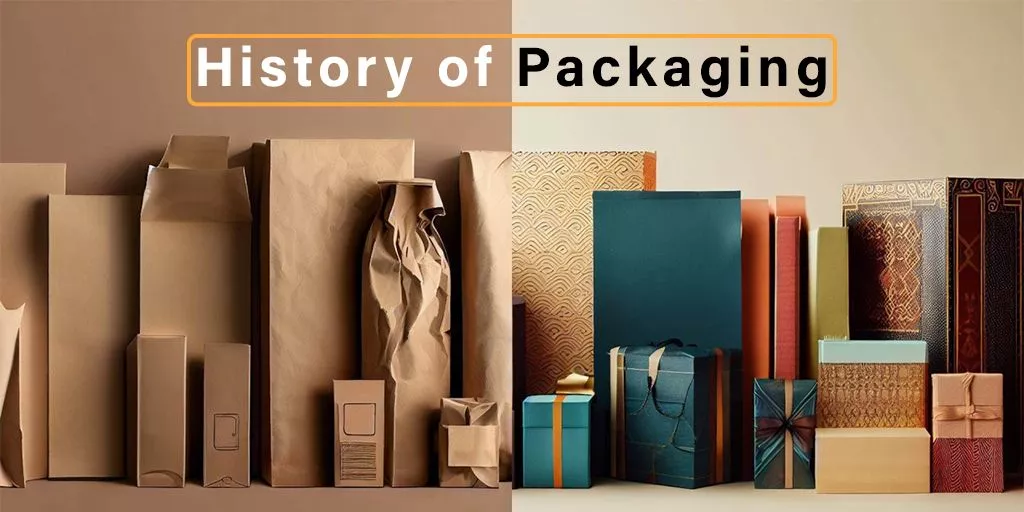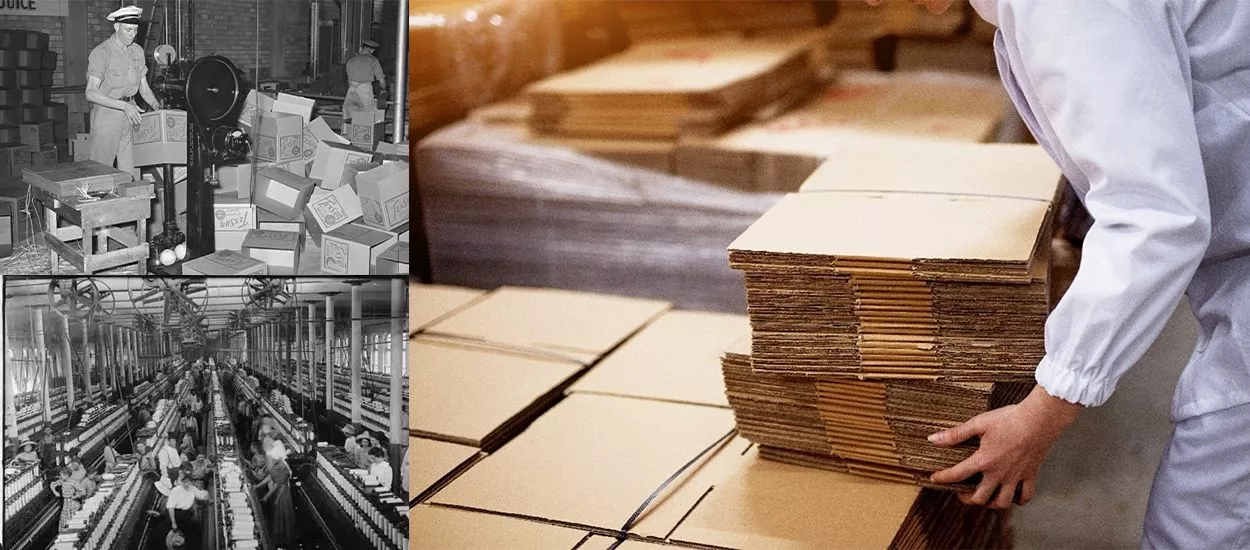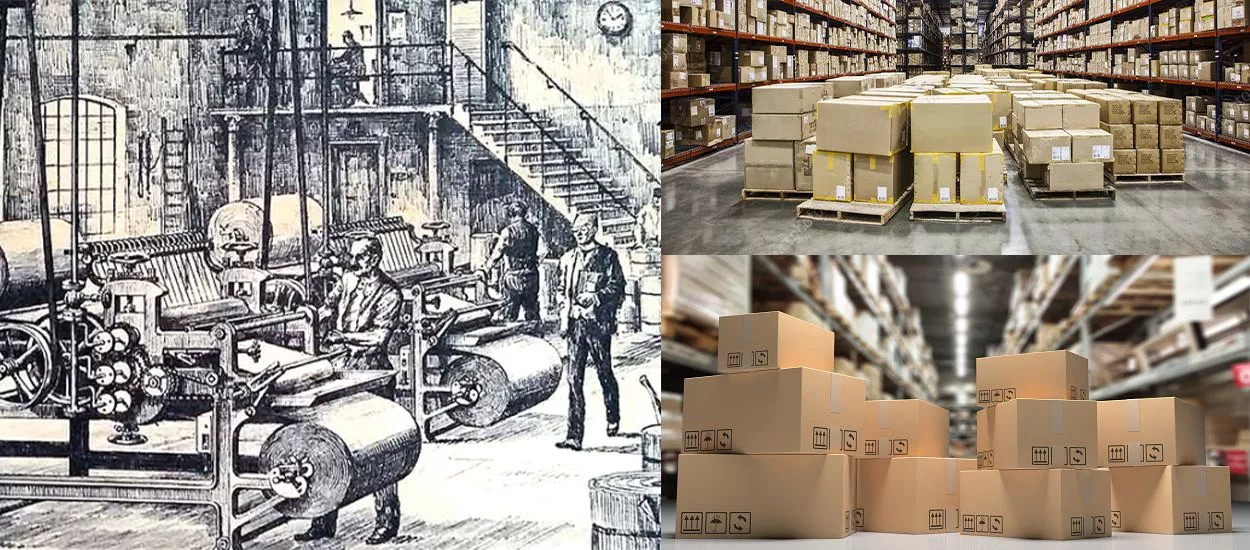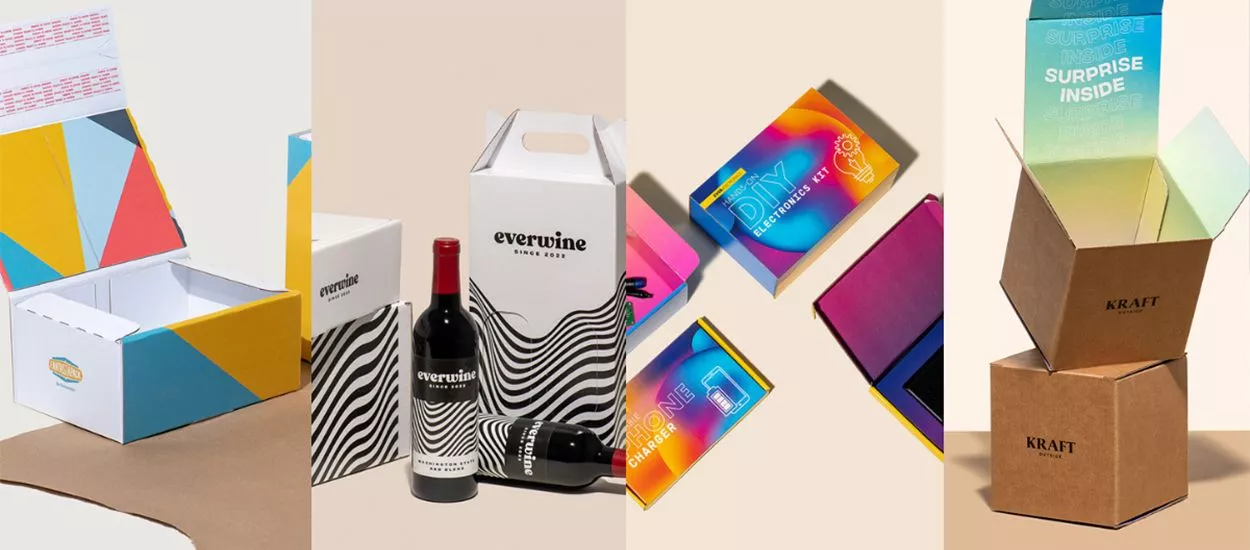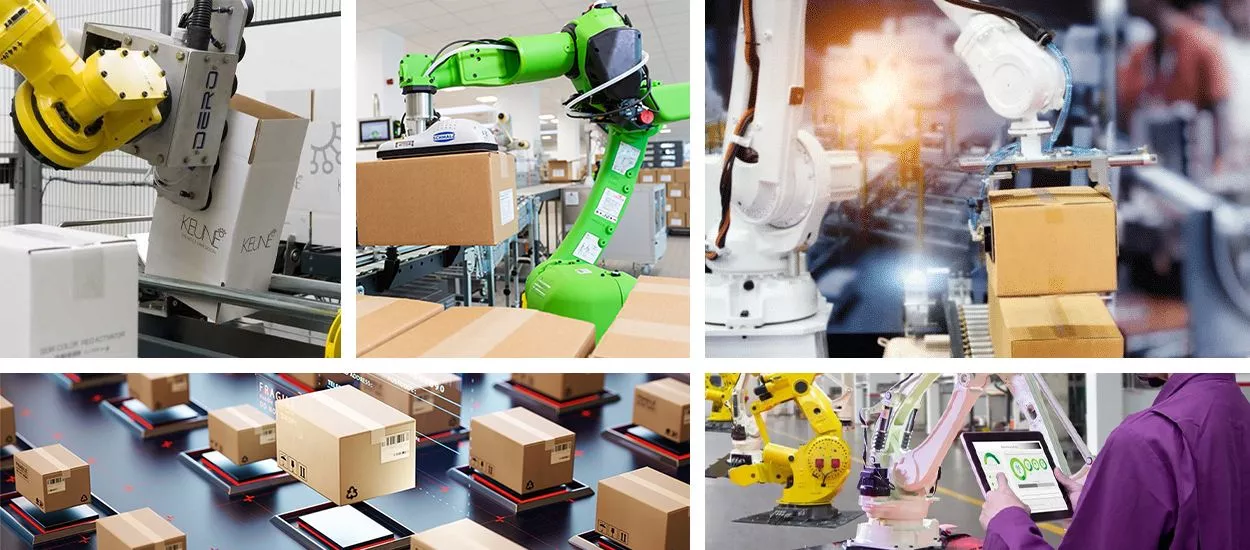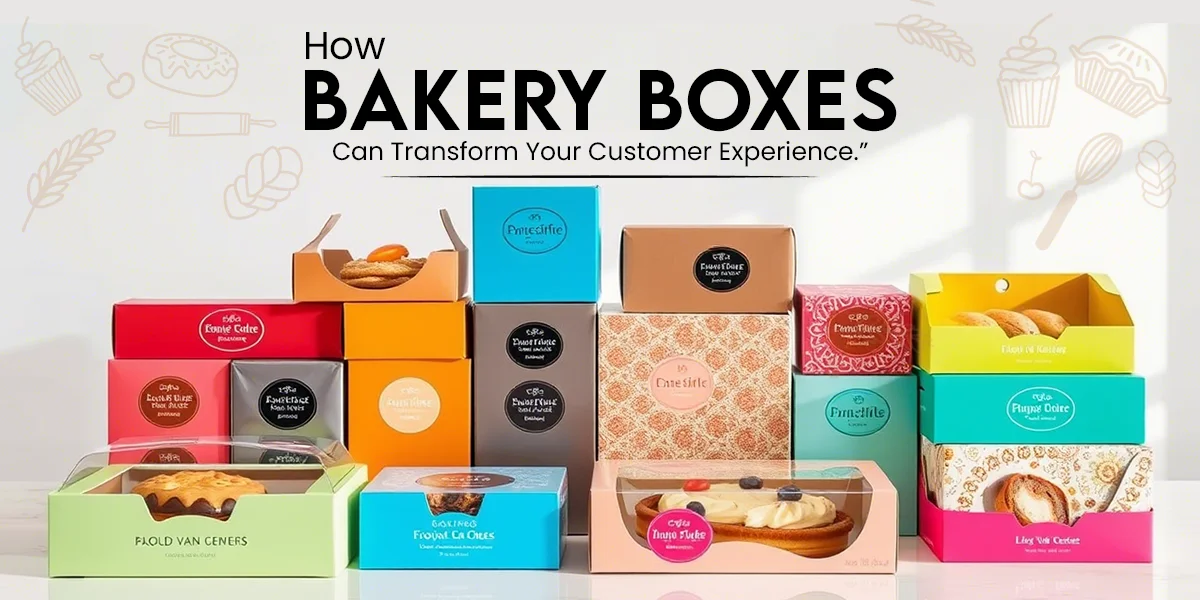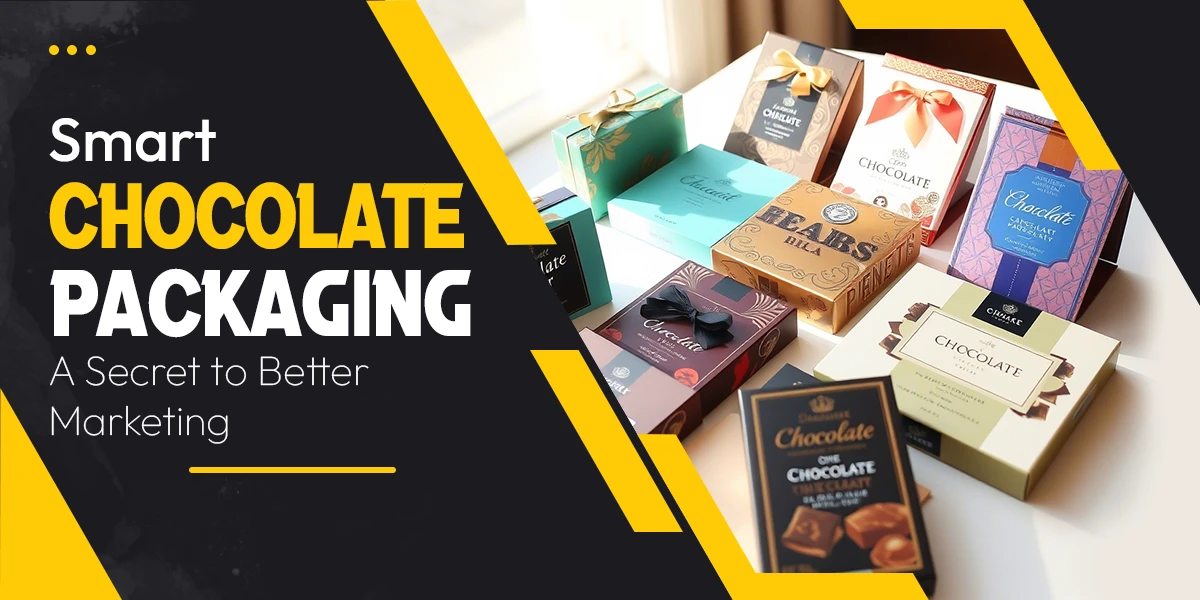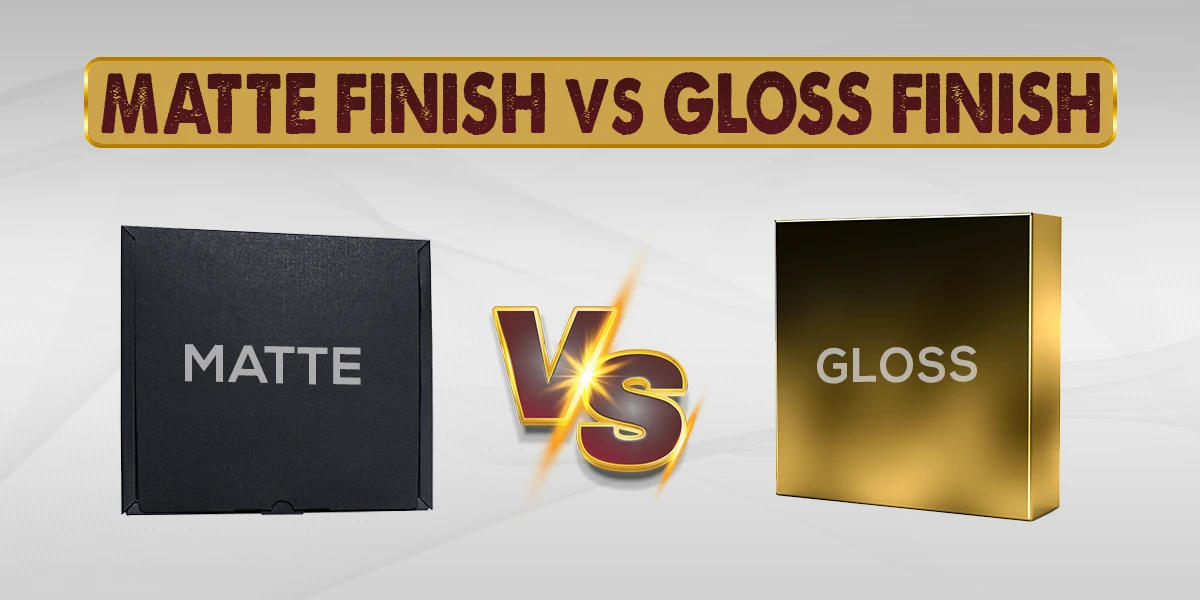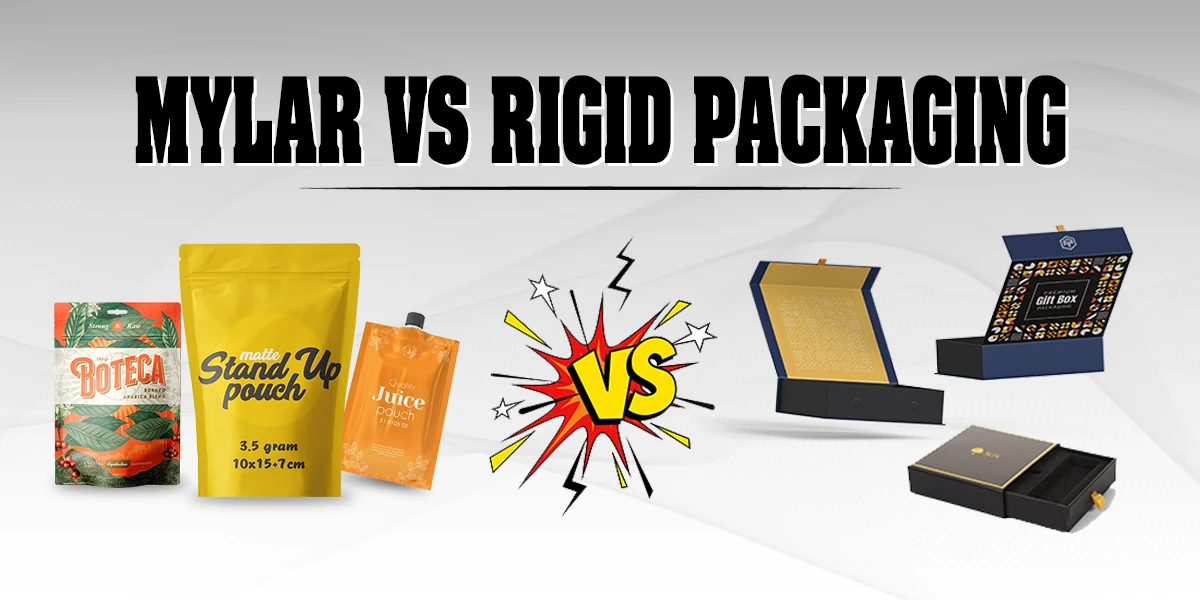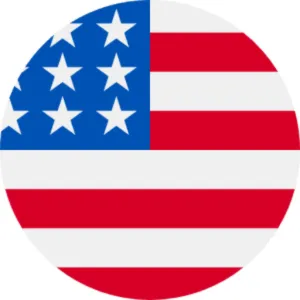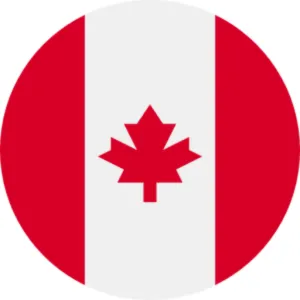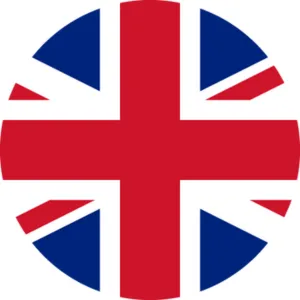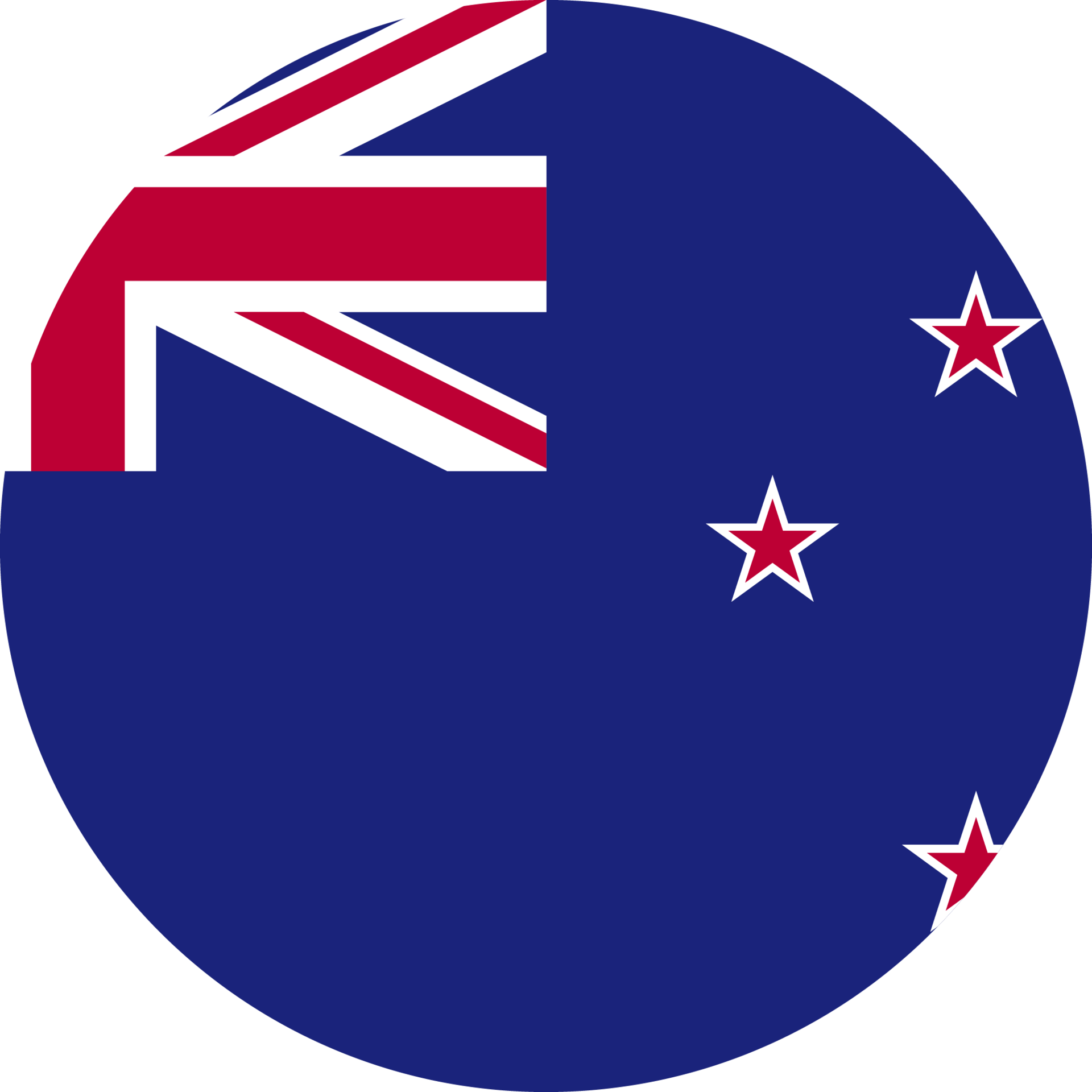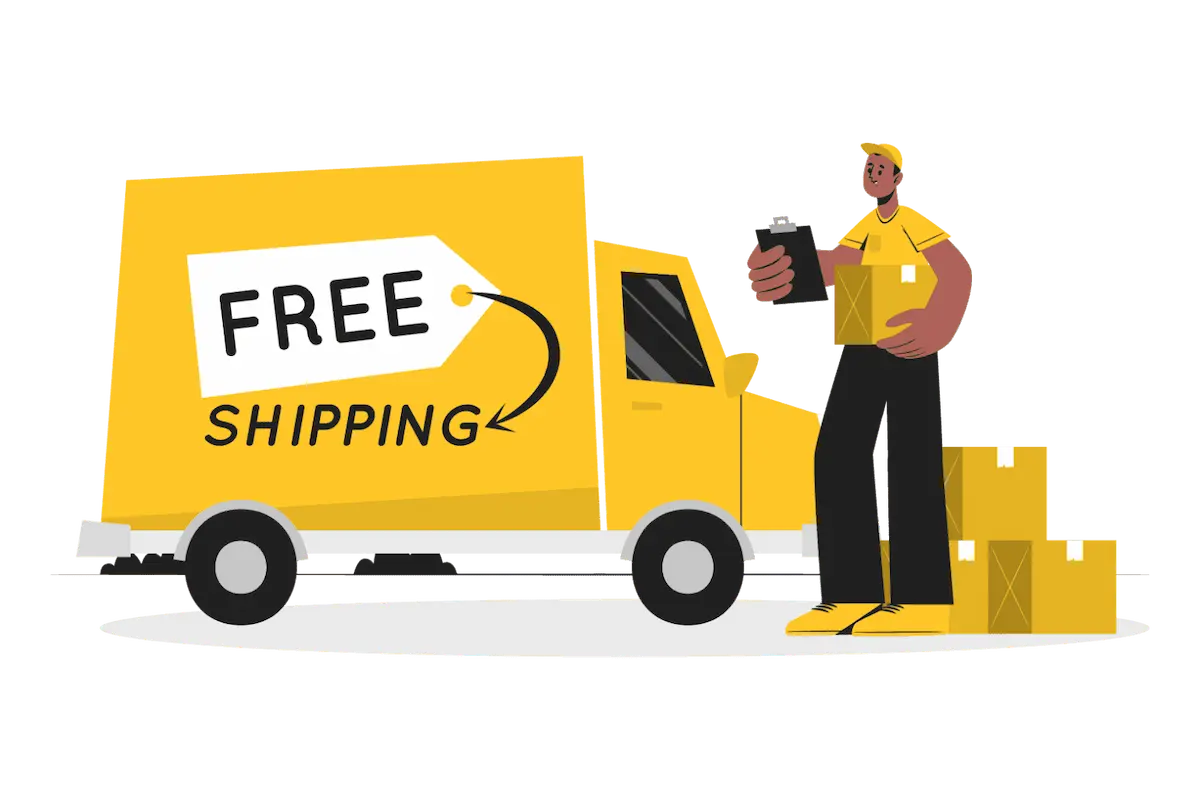Today, not a single product exists in the market without packaging. In fact, packaging plays a great role to protect, display, and even shipping products to shops or customers. Well, packaging has an exciting journey in its invention. The product packaging we see today is definitely not the same as it was in the past. So, if you are interested to explore more about it, let’s discover the history of packaging here!
What Is Packaging?
Before we dive into the origins of packaging, let’s have a better understanding of it!
Today, packaging ends up being a vital part of our economy. Moreover, it has played its role in the development of our society in terms of business. In addition, custom product packaging acts as the first contact between brands and customers to represent their products. Generally speaking, customers will first have a look at the packaging before deciding to purchase any product. Yes, as they say, “We buy any product with our eyes.” However, custom packaging does a lot more than simply packing a product.
Have a look at the roles of packaging in the modern business world today!
-
It Guarantees and Optimizes Product Safety
For any brand that wants to win the competitive market, product safety should be the main priority. After all, no customer would want to purchase any damaged product. Accordingly, one of the main roles of packaging is to guarantee and optimize product safety. How?
These days, we can get various durable packaging materials available in the market. For sure, each material comes with its special features and characteristics that help to protect products packed inside the packaging.
For example, shoes packed in a sturdy cardboard shoe box will remain perfect for years to come. Even better, brands will not need to worry when it comes to shipping their shoes in a harsh shipping journey, thanks to the packaging.
-
Exclusive Packaging Maximizes a Product Presentation
There are thousands of similar products customers can find on store shelves. Considering this, definitely, they will be quite picky when choosing which product to purchase. This is where exclusive packaging plays its role. When a product is packed in elegant and eye-grabbing packaging, those customers will surely pick it up from the shelves. Better yet, brands today can customize the look and design of their packaging to catch more attention.
For instance, many brands use an appealing cardboard drawer box style to turn more heads to their products. With this unique packaging style, a product can easily impress customers from the very first sight. And, we know how important product presentation is to drive customers’ purchasing decisions.
-
Branded Packaging Can Highlight Any Brand
By having branded packaging, brands can highlight their presence and make their products more visible to customers. Yes, a unique logo, eye-catching images, and lively graphics that match a brand’s identity will help customers to recognize the brand from a far distance. Well, this is where product packaging has been helping many brands from different industries.
For instance, in the apparel industry alone, customers prefer to purchase trendy products like apparel when they see these products packed in cardboard garment boxes.
In simple words, when customers get familiar with a brand, they will have more confidence to purchase products from that specific brand. Even better, those customers can be very loyal and only want to purchase products from their favorite brands.
-
Exceptional Packaging Helps Brand Deliver a Memorable Unboxing Experience
Today, customers love brands that put effort into delivering a memorable unboxing experience. In this context, the way a package arrives at customers matters a lot. When customers receive their ordered products in exceptional packaging, no doubt, they will always remember their unboxing experience. Far better, they will love to share this memorable experience with others through social media. And this is where brands can generate more profits by grabbing a wider target audience.
Overall, product packaging plays a role that no brand can ignore in presenting and selling their products to customers. Hence, it is no wonder if we see many approaches in the packaging revolution for every industry these days. Far better, there are hundreds of packaging suppliers like Silver Edge Packaging that will assist brands in getting the best packaging for their products.
Brief History of Packaging
Without any doubt, packaging has become an important part of our lives and the lives of many businesses as well. Speaking of the purpose, packaging is useful to store, protect, and transport various products.
Of course, the packaging as we know it today has been the result of a long development process for many years. In fact, we can trace the evolution of packaging to the early days of manufacturing.
The Early Days of Packaging
So, humans in ancient times would place their food in small caves or hollowed-out trees. Over time, people began to use containers made out of different materials. Some materials they used back then included animal skins, woven cloth, and wooden crates. Yes, we can say that these materials were the first packaging systems at that time.
History of Packaging Material
Along with the growth of civilizations, people then began to use more durable materials to package their products.
One of the initial examples of old packaging at that time was a wine jar from Greece. This jar was found dating back to the 3rd century BC. In the form, the jar was sealed with a wax seal. Plus, it came with a handle on top. Then, people would store the wine inside the jar so that they could easily transport it.
It was the Europeans who began using wooden barrels for storing food in the Middle Ages. How?
They would fill those wooden barrels with different types of foods, such as vegetables, fruits, grains, and meat products. Plus, they also stored wine, oil, and other goods in barrels.
The History of the Packaging Industry – Paper and Cardboard Invention
In the 1900s, materials like paper and cardboard became more important packaging materials. Accordingly, as our world and industries continued to evolve, so did product packaging.
The 16th century was the time when paper packaging first became popular. How did it start?
The Europeans were beginning to colonize new areas of the world at that time. For this reason, they needed a way to transport food and other goods they had. Hence, paper came up as a natural choice for packaging as it comes in lightweight and very easy to transport.
Moving on to the 18th century, some industries began to use paper packaging for other types of products. One of the greatest examples was using paper packages to store tobacco products. Speaking of the shape, the package was made out of paper and came with a wireframe inside it. Then, people could easily store their tobacco in the package and smoke it later.
Along with the introduction and inventions of many innovations, the development of the carton material was actually accidental. During the 1870s, people knew Robert Gair as a Brooklyn printer and paper bag maker. So, when printing an order of seed bags, he used a metal rule to crease bags, shift in position, and cut the bag. From this process, he concluded that cutting and creasing paperboard in a single operation would give him more advantages. As a result, this is exactly where the first automatically made carton, now popular as “semi-flexible packaging,” was created.
When Were Boxes Invented?
Along with the advances in technology, the first commercial cardboard box was introduced in England in 1817. However, speaking of who invented cardboard, it was the Chinese people who invented this material for more than 200 years before the commercial box was produced.
It was Sir William Parry who invented the first commercially successful shipping cartons in 1852. At that time, these cartons were typically made of wood. Amazingly, each shipping carton could hold up to 20 tons of cargo. This is where the shipping cartons in this era began to replace self-made wooden crates and boxes which people used for trade.
Though, it was not until 1925 that the first steel shipping container was developed properly and professionally by George Steers Jr. His innovative container revolutionized shipping by reducing the amount of cargo that needed to be transported on ships. Eventually, this container makes the shipping process to be much faster and more efficient.
What About the Development of Boxes and Containers?
Well, from ancient times to the present, we know that people have been packaging and shipping their products. Hence, we must note that the development of boxes and containers has come a long way. Yes, from simple hand-made containers to modern industrial packing machines, they have an amazing journey to reveal.
In the 19th century, many designs for containers changed significantly with the development of commercial production. Before this era, some businesses only produced their products in small quantities. Besides, they didn’t pack their products properly for shipment or sale. However, responding to the industry’s needs and demands, later on, the packaging industry began to design most containers specifically for these purposes.
The Era of Modern Packaging
In the 20th century, paper and paperboard packaging came up to be very popular. At that moment, with the beginning of plastics as a significant player in packaging, paper, and its related products were actually getting faded. However, that trend of using plastics has halted as many businesses try to respond to environmental concerns.
Responding to this, we can see the development of flaked cereals progressed the use of paperboard cartons. It was the Kellogg brothers who first used cereal cartons at their Battle Creek, Michigan, Sanatorium. As soon as this “health food” of the past was later marketed to the public, a waxed, heat-sealed bag of Waxtite was wrapped around the outside of a plain box. Then, businesses began to print the outer wrapper with their brand names, logos, and advertising copy. As of today, we still can see the plastic liner protects cereals and other products within the printed carton.
The era of modern packaging continued in the early 21st century when the packaging industry started developing new materials such as kraft, corrugated, and rigid. In general, these materials came up as alternatives to traditional plastic packaging materials. As this packaging industry continues to develop, we are likely to see some more innovative packaging designs in the future.
The Future of New Age Packaging
Without any doubt, the development of innovative packaging machines has allowed many brands to produce more innovative packaging designs better than ever before. In this modern business world, packaging machines can produce nearly any type of packaging according to brands’ needs. Yes, we are talking about boxes and bottles to blister packs and cartons.
In addition, as the world continues to become more commercial, we can expect to see the packaging designs continue to evolve. After all, all brands will make their best efforts to the needs of today’s customers. In other words, we can expect to see more efficient packaging designs in the future as brands will continue to provide the best possible service to their customers.
Wrapping Up
No doubt, product packaging has an exciting journey in its invention. The product packaging we see today is definitely not the same as it was in the past. Moreover, it has played its role in the development of our society in terms of business. So, whether you are a brand or a customer, you should appreciate the long journey of packaging to help many businesses today.

